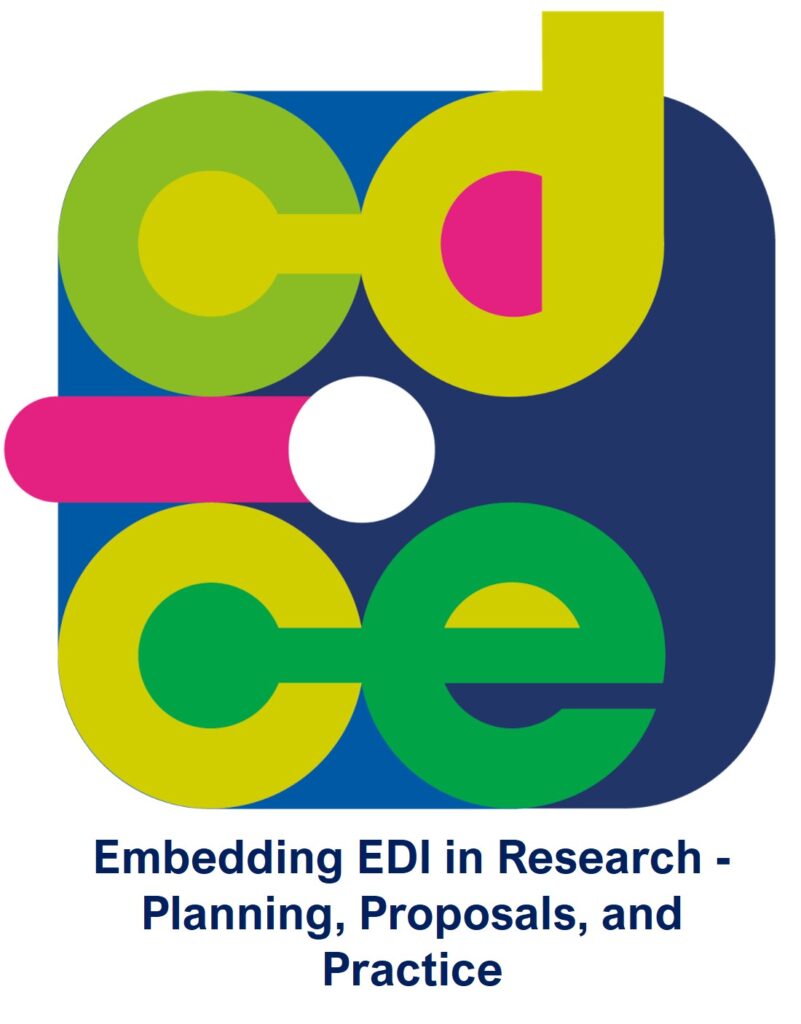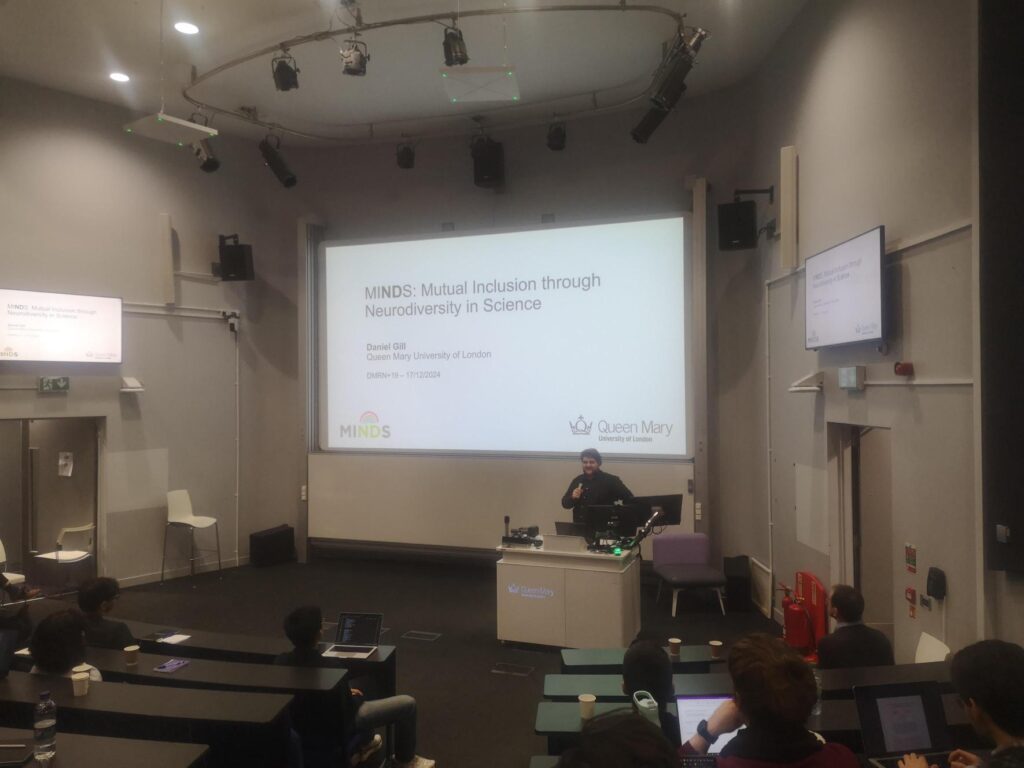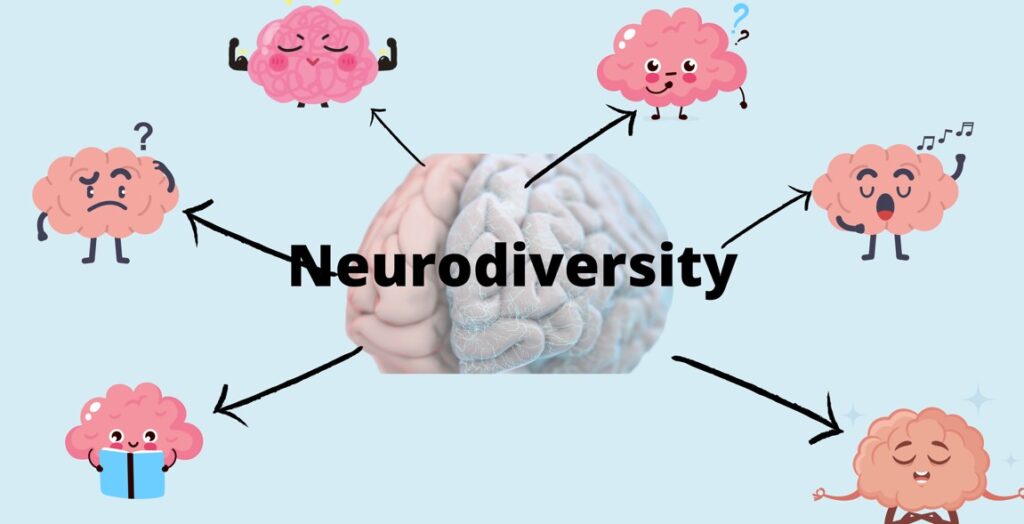An interview with Sara Cardinale, a 3rd year PhD student at EECS QMUL on her PhD journey and mental health.
Interview conducted by Elona Shatri
Let's begin by asking you about your initial expectations when you started your PhD journey.
I had a decent idea of what a PhD entailed since I’d seen my partner go through two years of his own PhD. We often discussed what it was like, so I felt well-informed about my responsibilities and the process. However, once I started, it turned out to be as I expected, just more challenging in various ways. My partner’s PhD was in a different field, and we are different people, so our experiences differed, and the challenges I faced were different from his.
How have these initial expectations evolved over time?
Our journeys were distinct, and my insecurities were different from his. For instance, I lacked confidence in machine learning and had to learn it from scratch, while many around me were already proficient. Additionally, my first year was demanding due to the numerous modules I had to complete, whereas my partner’s PhD program had none, making my first year particularly challenging.
Have the issues you faced at the start of your PhD evolved? Have you worked on improving your confidence and addressing the areas where you felt you fell short of your expectations?
Yes, I’ve come to realise that most PhD students face uncertainty. On the surface, they may appear confident, but when you discuss their research, they often admit to not knowing what they’ll do next. Recognising that this is a common issue has been reassuring.
Imposter syndrome affects many of us to varying degrees. We all struggle with similar issues, but there's often a stigma attached to admitting a lack of self-confidence. Do you think being a woman in a male-dominated academic environment played a role in this?
Absolutely, especially considering my upbringing in Italy where there were stereotypes about math not being for women. Transitioning from that mindset to realising my passion for computer science was a significant journey.
When did you first become aware that you were struggling with your mental health?
The first year of my PhD was overwhelming due to the workload and external expectations. I also felt unsupported by certain staff members. It all came to a head around April, which coincided with exam season. My lectures were online, as were the exams. That’s when I realised I needed professional help.
Were there specific triggers or experiences that brought this to your attention?
It was a combination of external expectations and my own high standards. I was trying to excel in everything, and my supervisor wanted me to publish a paper, which added to the stress.
How have your advisors, peers, and the broader academic community supported you in dealing with your mental health challenges?
Most of the staff were helpful, especially during a difficult period in April 2022 when I needed accommodations for an exam. However, there’s room for improvement in educating staff about mental health. Some well-intentioned advice was either incorrect or unhelpful. Ideally, they should refer students to counselling.
What about your peers? Did you find individuals within your cohort who could relate to your experiences?
During tough times, I tended to isolate myself, especially when I started taking antidepressants. However, I reached out to a few people, including yourself and others, and realised that many were dealing with mental health issues, not just related to their PhDs. Talking to them was beneficial.
Moving on, what strategies or practices have been most helpful in managing your mental health throughout your PhD?
Therapy has been incredibly beneficial. Also, I am open with people, including my advisor, about my high expectations and the need for boundaries. Discussing my plans with my advisor helps in managing expectations and time effectively.
Has your mental health affected your research and academic output?
Yes, it has. While I’ve tried not to let it impact my work, there have been fluctuations in my productivity. For instance, I had a challenging period in July, but it wasn’t as severe as some earlier experiences. Despite the difficulties, I managed to publish a paper during my first year and complete my modules.
Did achieving these milestones boost your self-confidence?
Yes, it did to some extent, but it also felt forced. I was pressured into publishing a paper shortly after a stage-zero presentation, which wasn’t ideal. I should have taken more time for myself.
Are there specific resources or services at Queen Mary or within the academic community that you accessed or wished were available to support students facing similar challenges?
I personally haven’t needed these services, as I can afford therapy with my PhD stipend. However, I’m aware that master’s students and undergraduates without financial support might benefit from such services. I did use counseling services at my previous university, which was helpful.
What advice would you give to other PhD students dealing with similar challenges, or those who might not recognise the signs?
If you recognise the signs, reach out to people. You don’t have to go through this alone. There are others who have faced similar situations and can relate to your feelings. Opening up can lead to finding support and helpful techniques. If you notice someone else is struggling, encourage them to seek help and take breaks when needed. Therapy is also highly beneficial.
How do you envision your path forward, both in terms of research and your mental well-being? Are there changes or shifts you hope to see in the academic environment to better support this journey?
Moving forward, I plan to be more attuned to signs of burnout and declining mental health. It’s crucial to prioritise self-care and set realistic expectations. Imposter syndrome is prevalent in academia, and acknowledging this normalcy is essential. Academic environments should provide more education about mental health to better support students. Expectations in academia can be excessively high, and understanding this can be reassuring.

















